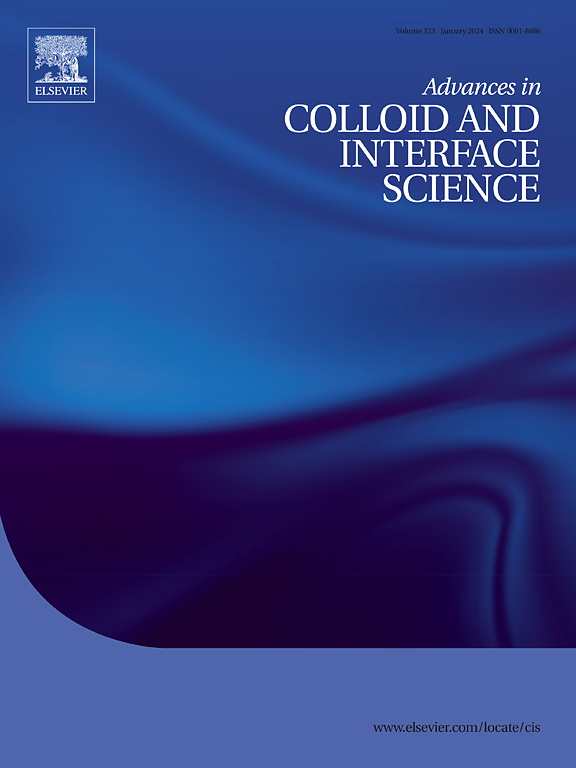看到看不见的威胁:利用生物/纳米传感器检测蛋清过敏原;全面回顾
IF 19.3
1区 化学
Q1 CHEMISTRY, PHYSICAL
引用次数: 0
摘要
鸡蛋是一种营养丰富、供应广泛的食物,富含必需营养素,如脂质和蛋白质。然而,它们会引发严重的过敏反应,尤其是婴儿和儿童。这些反应通常表现为ige介导的症状,影响鼻子和喉咙,在某些情况下,可导致危及生命的过敏反应。鸡蛋中的主要过敏原存在于蛋清(EW)中,包括卵清蛋白、卵黏液样蛋白、卵转铁蛋白和溶菌酶。此外,还研究了EW中的亲和素的抗营养特性。检测食品中的EW过敏原可能是具有挑战性的,因为它们的存在是微量的,而且食物基质的自然干扰。近年来,生物传感器作为一种灵敏、选择性和快速的检测食品中电子束的方法,为传统检测技术提供了一种有希望的替代方法。本文综述了用于检测食品中电子束过敏原的各种传感技术,概述了理想生物传感器的组成和标准,不同类型的生物传感器及其在食品工业中的应用。它强调了用于检测电子战过敏原的最常用的生物传感器类型,特别关注光学和电化学生物传感器的最新进展。本综述评估了它们的性能,重点是灵敏度、特异性、检出限和成本效益。此外,它还指出了开发用于分析电子战的生物传感器的挑战和机遇。本文章由计算机程序翻译,如有差异,请以英文原文为准。

Seeing the invisible threats: Detecting egg white allergens using bio/nano-sensors; a comprehensive review
Eggs are a highly nutritious and widely available food, rich in essential nutrients such as lipids and proteins. However, they can trigger severe allergic reactions, especially in infants and children. These reactions often manifest as IgE-mediated symptoms affecting the nose and throat and, in some cases, can lead to life-threatening anaphylaxis. The primary allergens in eggs are found in the egg white (EW) and include ovalbumin, ovomucoid, ovotransferrin, and lysozyme. Additionally, avidin in EW has been studied for its anti-nutritional properties. Detecting EW allergens in food products can be challenging due to their presence in trace amounts and the natural interference of the food matrix. Recently, biosensors have emerged as sensitive, selective, and rapid methods for detecting EW in food products, offering a promising alternative to traditional detection techniques. This review presents various sensing technologies for detecting EW allergens in food, outlining the components and criteria for an ideal biosensor, different types of biosensors, and their applications in the food industry. It highlights the most commonly used biosensor types for detecting EW allergens, with particular attention to recent advancements in optical and electrochemical biosensors. This review assesses their performance, focusing on sensitivity, specificity, detection limits, and cost-effectiveness. Furthermore, it addresses the challenges and opportunities in developing biosensors for analyzing EW.
求助全文
通过发布文献求助,成功后即可免费获取论文全文。
去求助
来源期刊
CiteScore
28.50
自引率
2.60%
发文量
175
审稿时长
31 days
期刊介绍:
"Advances in Colloid and Interface Science" is an international journal that focuses on experimental and theoretical developments in interfacial and colloidal phenomena. The journal covers a wide range of disciplines including biology, chemistry, physics, and technology.
The journal accepts review articles on any topic within the scope of colloid and interface science. These articles should provide an in-depth analysis of the subject matter, offering a critical review of the current state of the field. The author's informed opinion on the topic should also be included. The manuscript should compare and contrast ideas found in the reviewed literature and address the limitations of these ideas.
Typically, the articles published in this journal are written by recognized experts in the field.

 求助内容:
求助内容: 应助结果提醒方式:
应助结果提醒方式:


